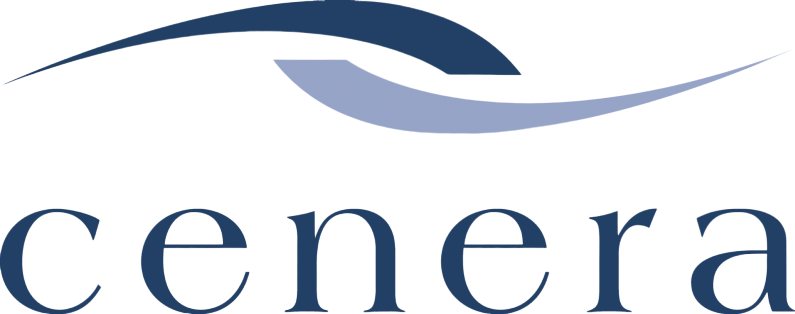Why Business Leaders Need to be Worried About Burnout
Why Business Leaders Need to be Worried About Burnout
Do you know how to recognize burnout in the workplace?
Throughout the COVID-19 pandemic, workers worldwide faced unprecedented changes to working conditions, leading to growing awareness and concern about burnout and its impacts on employees and business effectiveness. First identified and described in the 1960s, burnout is not a new phenomenon. What is new are the dramatic effects of the changes in our society in response to COVID-19, especially in our workplaces, and how those changes have intensified work pressures on employees.
In 2019, the World Health Organization (WHO) officially recognized burnout as a legitimate medical diagnosis. That’s because burnout poses a very real threat to human health and well-being. In his book, Dying for a Paycheque, Stanford business professor Jeffrey Pfeffer estimates that workplace burnout and stress are responsible for 120,000 deaths a year in the US and cost businesses $300 billion. While some workplace cultures inadvertently encourage burnout as a badge of honour demonstrating hard work and commitment, research has shown that burnout does not equal productivity. It reduces employee engagement and job performance, increases turnover, worsens health and drives up costs. Burnout is a sign that something is deeply wrong in the workplace.
So, there is a compelling business case for leaders to address workplace burnout.
Let’s take a deeper look at burnout; what it is, how to recognize it and what leaders can do about it.
What is Burnout?
Burnout is a natural human response to chronic work stress that is not effectively managed.
The WHO International Classification of Diseases defines burnout as exemplifying the following symptoms:
Feelings of energy depletion or exhaustion.
Increased mental distance from one’s job, or feelings of negativism or cynicism related to one’s job.
Reduced professional efficacy.
The implications of burnout include:
Reduced job performance & satisfaction
Increased withdrawal and turnover
Higher rates of accidents
Alcohol and drug use
Absenteeism
Poor job performance
IT Security risk (apathy toward routine security protocols)
Poor decision-making
Increased mental health challenges
What Causes Burnout?
Christine Maslach, a pioneer researcher in the area of burnout, suggests six factors that contribute to burnout.
Workload – A mismatch between the resources available (time, expertise, staff, tools, emotional capacity, etc.) and the deliverables or expectations.
Amount of control over work – A lack of autonomy or say in decision-making, or the inability to direct or modify resources as needed to get the job done.
Rewards – Not just financial rewards, but also recognition and appreciation of workplace contributions.
Sense of community – The workplace culture, including with managers and colleagues, as well as clients and suppliers. Are you able to function as a team working towards the same goal? Are problems discussed openly and worked through productively?
Fairness and justice in the workplace – Whether policies and processes are fair and evenly applied across the organization.
Whether values between the organization and employees align – Do your values match those of the organization? Does the business actually live up to the values they espouse? Can you feel proud of your work?
How Do We Prevent Burnout?
The good news is that there is a strong relationship between leader behaviours and work-related stress, which means that businesses have a significant amount of control when it comes to building workplace cultures that reduce and eliminate burnout.
Business leaders concerned about burnout can:
Increase feelings of control & autonomy – Provide opportunities for two-way feedback, allow employees to have control over when and how they complete work where possible.
Promote professional development – Ensure the workload is balanced with time for rest, recovery and professional development. Invest in coaching for leaders and managers so they can build capacity to better support staff.
Build socially supportive environments based in teamwork – encourage psychological safety, talk about failures and challenges openly.
Reduce stress and prioritize wellness – Encourage regular breaks and using vacation time. Set boundaries around answering calls and emails outside of work hours.
Make it collaborative – Rather than “mandate wellness”, work with staff to understand challenges that are leading to burnout and collectively brainstorm solutions.
Improve processes and policies – ensure fairness, clarity and transparency.
Tackle root causes rather than quick fixes – Understand the difference between a “coping strategy” like a wellness day or a gym membership and a “prevention strategy” that actively addresses the root workplace conditions that are leading to burnout in the first place.
While tackling burnout in the workplace is challenging, business leaders have a range of options. COVID-19 has shown us that there are many ways of organizing our working lives – we just need the creativity and willingness to try.
Cenera’s team of HR Professionals and Workplace Investigators are experts in preventing and navigating sensitive workplace issues, investigating complaints and delivering workplace bullying and prevention training for employees and managers.
If your organization needs support, Cenera is here to help. Reach out to us today to learn more.
Let’s Connect
Never miss an update, click here to subscribe to our monthly newsletter.
Plus, follow us on LinkedIn!
Share This Story, and Choose Your Platform!

